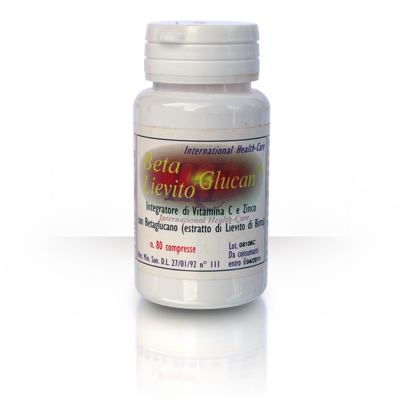|
ß-
glucan with
ß-1,3/ß-1,6
-linkage
from
baker´s yeast
What is Beta
Glucan? Beta-(1,3)/(1,6)
Glucan is known as an immunostimulant derived from the cell
walls of baker's yeast. It activates white blood cells, such
as macrophages, granulocytes and monocytes, responsable for
defence against infections, and supports the repair of damaged
tissues in the body through enhancement of regeneration process.
Beta Glucan polysaccharide triggers
immune modulation increasing T-Cell,
B-Cell and macrophage activity strengthening
the defense system against viral, bacterial, fungal,
parasitic or neoplastic invaders.
Beta-(1,3)/(1,6) Glucan can
be generated from baker´s
yeast and mushrooms like Lentinus edodes (Shiitake
) or Linghi. Glucan products from other sources have
a different chemical composition and different properties.Beta-(1,3)/(1,6)
Glucan polysaccharide, extracted from baker's yeast
and mushroom like Lentinus edodes , has been tested as
immunomodulators and/or immunopotentiators in clinic and experimental
systems. Since baker´s
yeast production is a long established process giving guarantee
to a constant quality and availability, and many scientific
researches on ß-glucans were done with yeast glucan
(zymosan), it is only natural that yeast glucan attracts much
attention in the search for health food components.
|
|

